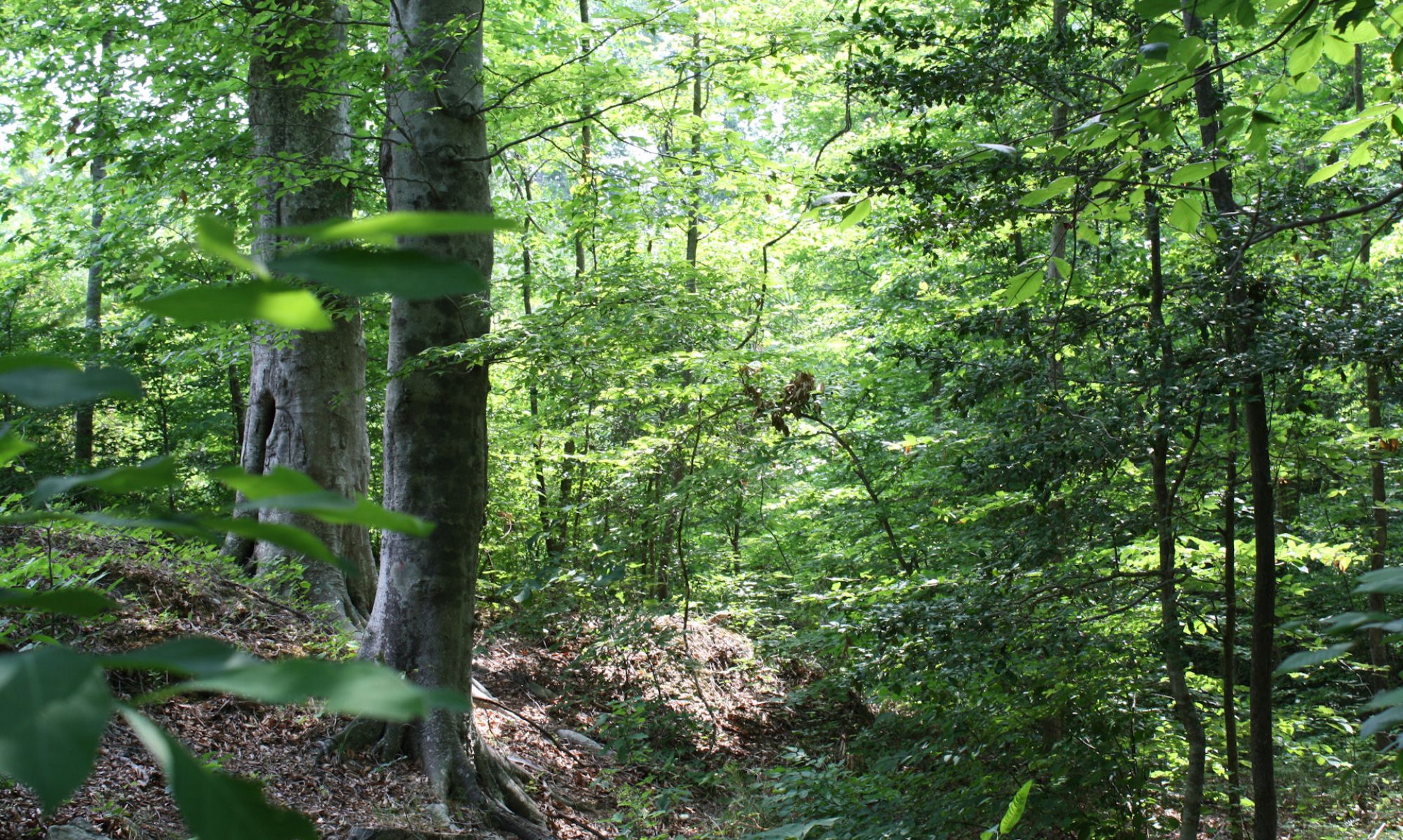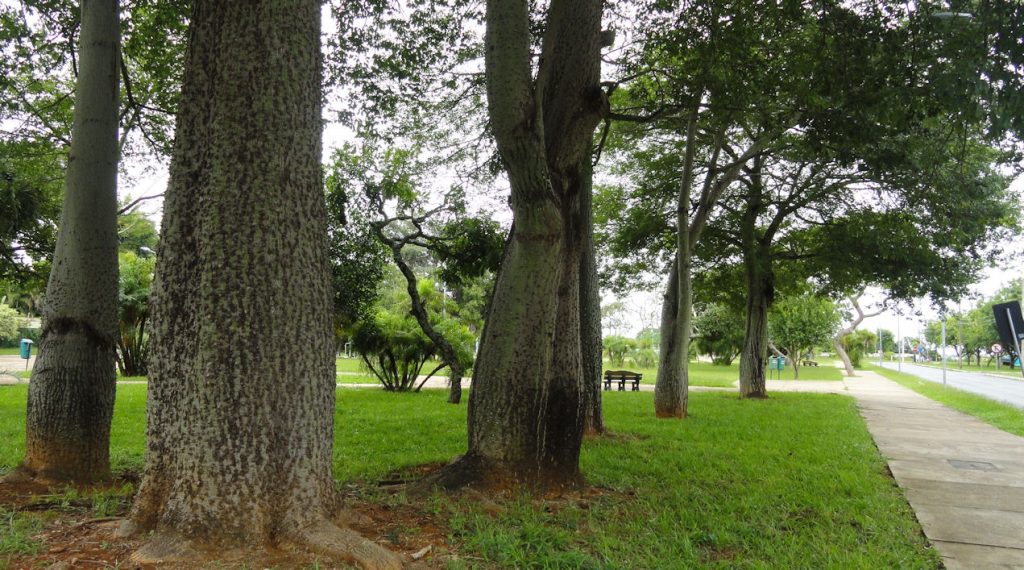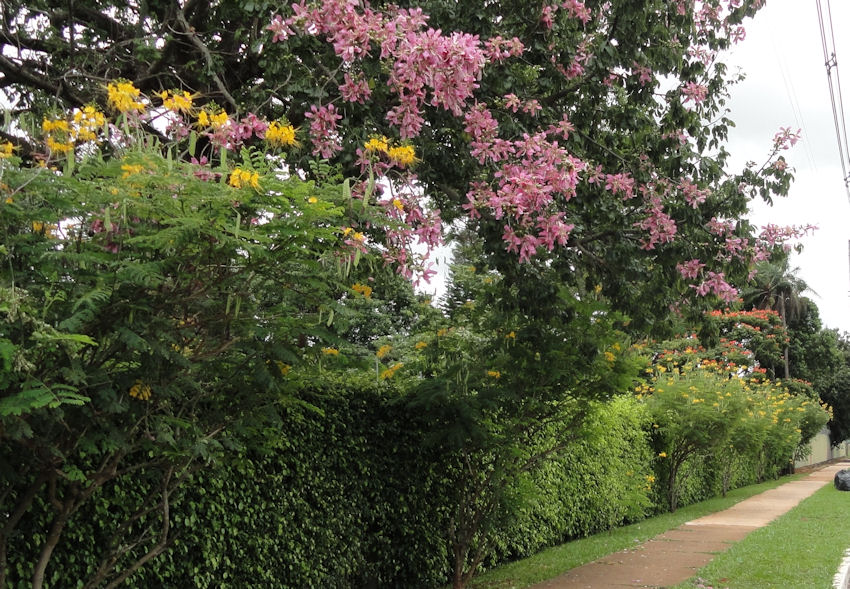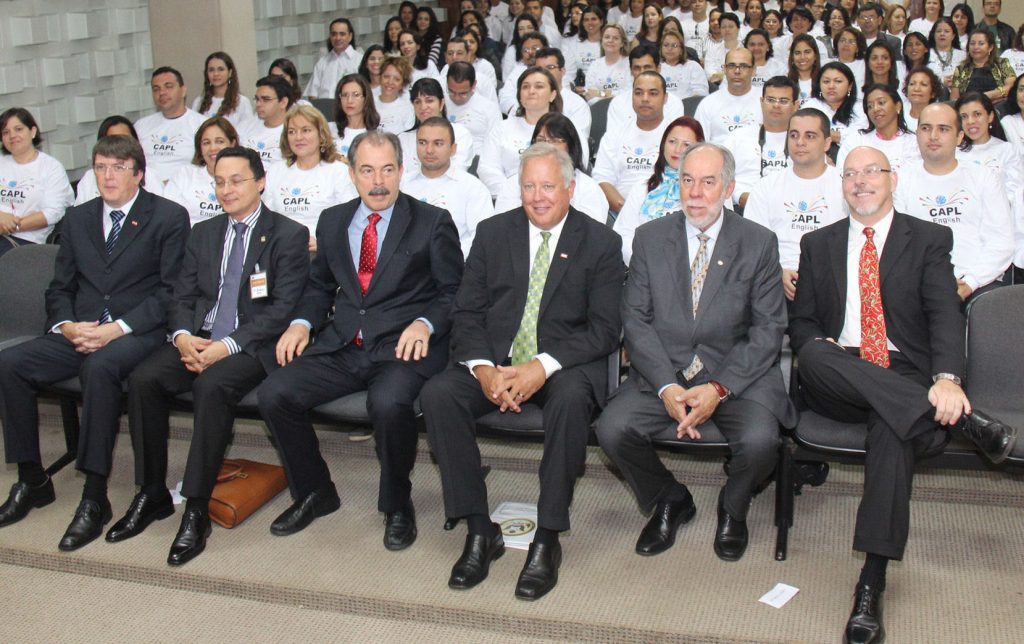Finland & South Korea – that is what works. The problem with copying this success is that Finland and South Korea follow almost polar opposite strategies. South Korea is #2. They follow what seems like a hellish, highly competitive study system where the kids study from early morning until late at night. In contrast, #1 Finland follows a laid back Andy of Mayberry plan. Kids don’t do much homework at night; they don’t even do schoolwork during all of the relatively short school day. Clearly one size does not fit all and culture makes a big difference. East Asia has a hierarchical educational system with roots in highly competitive civil service examinations that go back 2000 years in China. In theory, anybody could take the test. The tests were cruelly hard, pass rates vanishingly low and the stakes dizzyingly high. Passing the test meant prosperity for the aspirant and his whole family. Failure could mean poverty & misery. This testing culture persists. Finish culture is very different. Hierarchy is not much respected and the idea that a single test could determine someone’s future just doesn’t seem to make any sense in the north woods. I am glad that Finland beats out South Korea, even if it is an irony that it in some ways uses a hierarchical list to argue against a hierarchical system. Mine is clearly a value judgment and I don’t shy away from making it. Hard work is an important part of life but it is not the only thing and it is just smart to accomplish our goals with as little effort and suffering as possible.
Phrases like “you are always looking for the easy way out” and “you are just picking the low hanging fruit” are often used pejoratively, implying that there is something wrong with doing these things. But who is stupid enough to advocate a harder way to do something if a similarly successful easier way is available? I am willing to work hard when I must but I find no virtue in working hard unnecessarily. I like this phrase, “if it NEED not be done, it need NOT be done.” Lots of what we do during a workday add little or no value to the goals we are trying to achieve. One of our top jobs should be to determine things that need not be done and eliminate them. Presumably we can redirect our efforts to more effective and higher priority tasks. One priority task that often gets short shrift is thinking about what we are doing and/or preparing to do so by reading good books or taking training. If you are worried about the exact language in a memo requesting a package of pencils, you are not doing your job or your job isn’t very important.
This is what may be happening with education in these places. Korean kids are working full out and producing excellent results but probably spreading their efforts to include lots of low or no priority activities. It is a kind of full court press. It gets everything done but at a high cost to participants. We emphasize effort a bit too much. Sometimes the added results are not worth the added effort especially if you have other options. What to do is as important as how to do it. Pick the low hanging fruit first and if that is all you need, move along to the next task. There is no virtue in doing what need not be done, unless it if fun and then that is a different type of game.
I didn’t really talk much about what works in education. I suggest you listen to this from NPR that inspired me to write. I ordered on Amazon the book “Finnish Lessons” mentioned on the program. Maybe I will have a few more ideas after I read it. I have already decided that I would not want the U.S. to copy the Korean model. Finland looks better.




